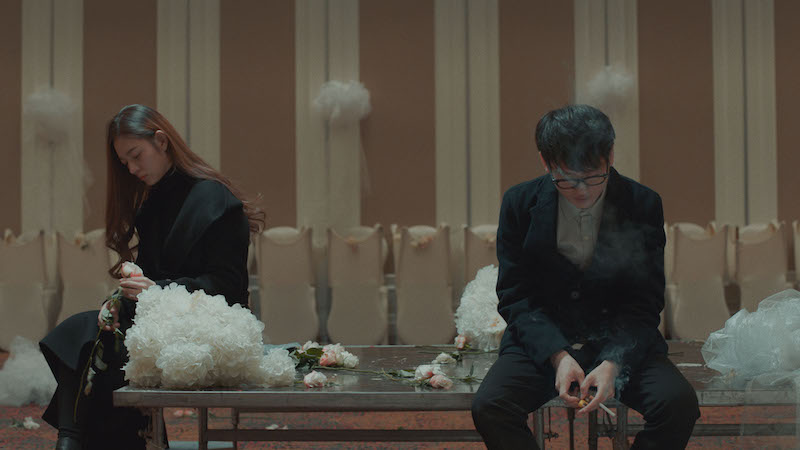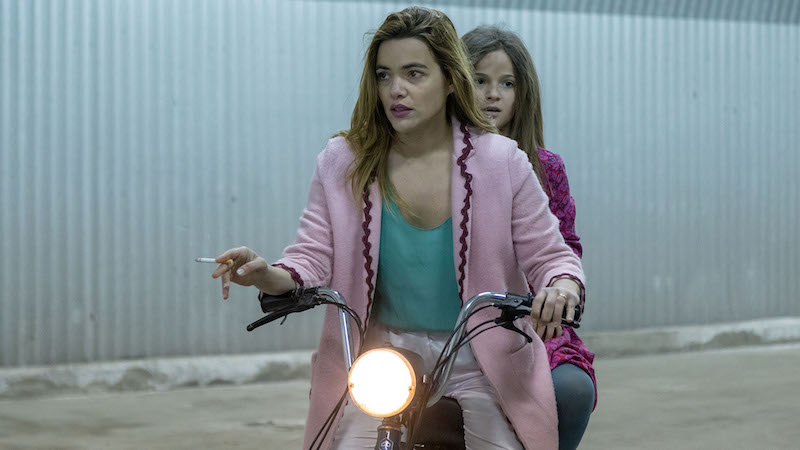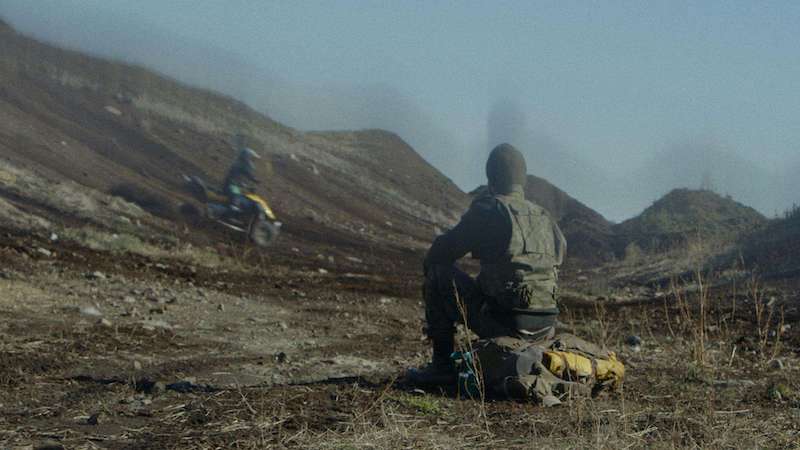Diving into cinema, art-house films offer a unique lens through which we can explore the complexities of human experience, artistic innovation, and cultural commentary. Particular cult art-house films are pillars of cinematic achievement for film studies students, providing endless material for analysis and appreciation. Here are the top five cult art-house films that every film studies student should watch and analyse, each pushing the boundaries of cinema as an art form.
…
.
1. The Seventh Seal (1957, Ingmar Bergman, 1957):
Ingmar Bergman’s The Seventh Seal is a profound narrative steeped in existential questions and medieval allegories. As a film studies student, one should explore:
- The use of symbolism and its impact on narrative depth.
- The exploration of existential themes through character and setting.
- The integration of historical context in cinematic storytelling.
- The film’s influence on the genre of art-house cinema.
This Swedish masterpiece challenges viewers to confront the more significant questions of life, death, and faith, making it a cornerstone film for analytical discussion in any film studies curriculum. The symbolic journey of a knight returning from the Crusades, playing chess with Death, offers rich textual and visual layers for analysis.
Film studies students can significantly benefit from using academic writing services in the rigorous pursuit of understanding these complex art-house films. With expert dissertation help, students can articulate their insights and interpretations effectively. By delegating some of the writing workload, learners can allocate more time to watch and rewatch these films, engage more deeply with the cinematic techniques used, and develop a nuanced understanding of the themes and symbols.
.
2. Persona (Ingmar Bergman, 1966):
Another essential Bergman film, Persona, is a compelling study of identity and the human psyche. This film provides a fertile ground for analysis in areas such as:
- The innovative use of camera techniques to blur the lines between characters.
- The thematic exploration of duality and identity.
- The impact of minimalist setting on narrative focus.
- The psychological depth of character development.
Persona is renowned for its experimental approach to storytelling and visual composition, making it a seminal work for students to dissect the complexities of narrative construction and character interplay within film. Persona is also pictured at the top of this article.
.
3. 8½ (Federico Fellini, 1963):
Federico Fellini’s 8½ is a stylistic and autobiographical film that delves into the intricacies of the creative process. It offers invaluable insights into:
- The use of surrealism to represent a personal and artistic crisis.
- The blending of reality and fantasy in a narrative.
- The role of autobiographical elements in art-house cinema.
- The directorial techniques that characterize Fellini’s style.
As a metafilm, 8½ mirrors the director’s struggles with creativity and provides a critical look at the filmmaking process itself, ideal for in-depth analysis in film studies.
.
4. The Holy Mountain (Alejandro Jodorowsky, 1973):
Alejandro Jodorowsky’s The Holy Mountain is an avant-garde exploration of spiritual and existential themes. Students can delve into:
- The symbolic representation of religious and metaphysical themes.
- The use of vivid and surreal imagery to convey complex ideologies.
- The challenge it poses to traditional narrative structures.
- The cultural and political critiques embedded within the film.
This film is a kaleidoscope of surreal and controversial images that provoke thought about societal structures and personal enlightenment, offering a rich tapestry for discussion and interpretation.
.
5. Eraserhead (David Lynch, 1977):
David Lynch’s debut feature film Eraserhead is a landmark in cult cinema, famous for its bizarre and disturbing imagery. Key points of analysis include:
- The film’s dream-like atmosphere and its impact on the horror genre.
- The use of sound design enhances the unsettling nature of the film.
- The depiction of industrial landscapes as a reflection of inner turmoil.
- The thematic exploration of fear of parenthood and familial obligations.
Eraserhead provides a visceral cinematic experience that is as confusing as it is enlightening, pushing students to question the boundaries of narrative and visual storytelling.
…
.
The Bottom Line
Each of these films offers a window into the varied and complex world of arthouse cinema and challenges students to think critically about the elements that make film such a powerful medium for personal and cultural expression. Analyzing these films can provide insights into the art of filmmaking and the human condition itself.











